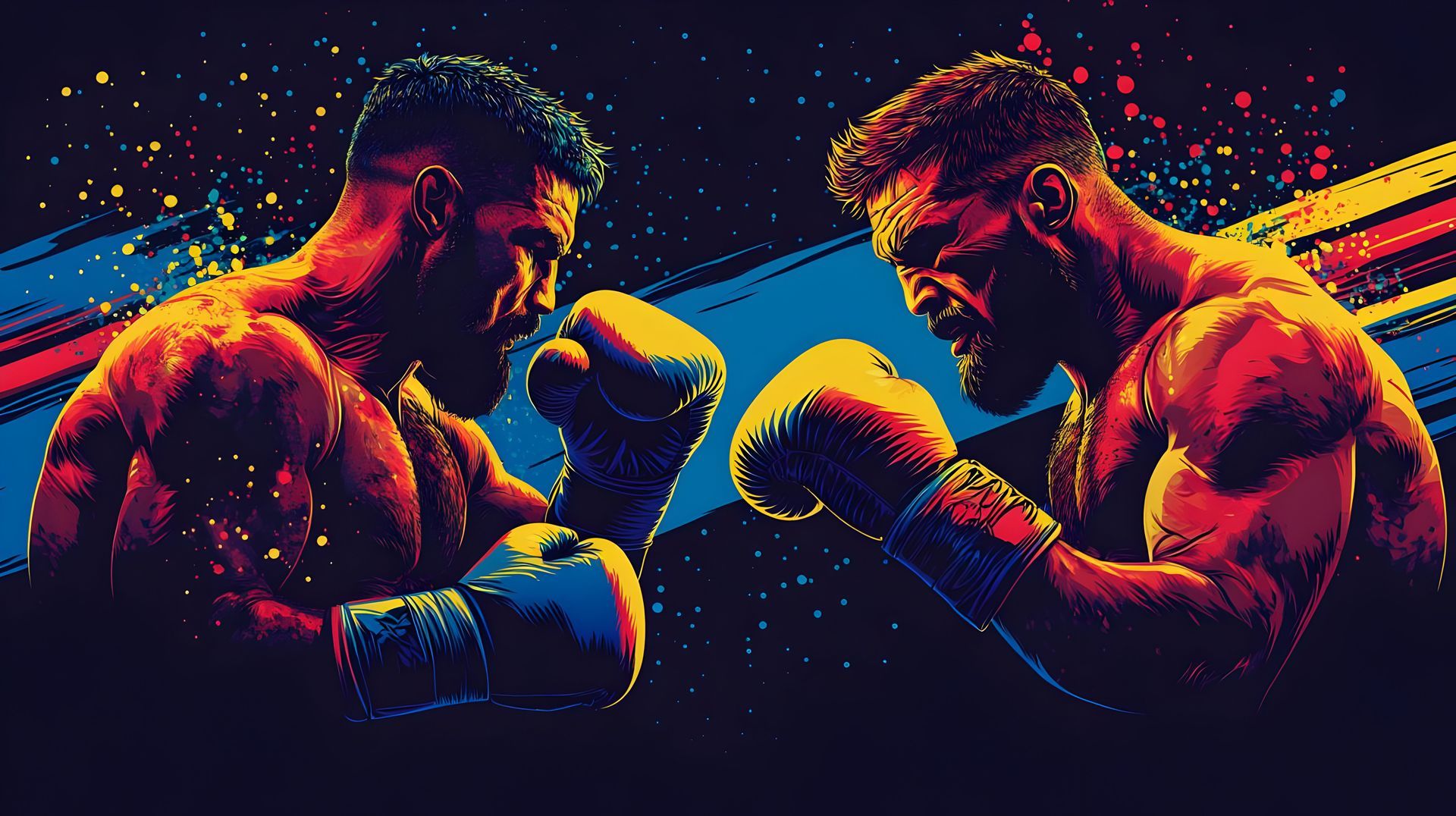By Thomas Minieri
•
October 9, 2025
You’ve been lied to. Not once, not twice—at least five times. And those lies might be the very reason your business feels stuck. There’s an entire industry built around catchy slogans, half-baked psychology, and advice that sounds smart but collapses in the real world. Fake gurus and online coaches repeat these one-liners because they’ve never built a real company, so they rely on buzzwords that sell emotion instead of truth. Let’s unpack the five biggest lies—and expose the faulty logic behind them—so you can finally start thinking, acting, and scaling like a real entrepreneur. Lie #1: “Just 10X Your Business.” It’s the rally cry of the modern-day guru. “Just 10X your business.” It sounds so confident, so explosive, so easy. Who doesn’t want to multiply their results overnight? But there’s no giant red 10X button hiding under your desk. Scaling from $100K to $1M—or $1M to $10M—is not an act of motivation; it’s an act of architecture. It takes strategy, structure, systems, staffing, and steady innovation. Why It Sounds Good: “10X” appeals to our craving for clarity and speed. It compresses complexity into one thrilling phrase, giving your brain that jolt of “I can do this.” Psychologically, it’s the illusion of simplicity—what cognitive scientists call Cognitive Ease . When something sounds simple, we instinctively believe it’s true. The Fallacy: The 10X mantra commits the Oversimplification Fallacy and False Cause Fallacy . It implies that mindset alone causes massive growth, ignoring the hard mechanics of systems, processes, and scalability. The Trap: You start chasing explosive growth without the foundation to handle it. It’s like pouring rocket fuel into a go-kart—it might move fast for a second, but it’ll explode before you reach the finish line. The Analogy: That’s like saying, “Oh, just climb Mount Everest this weekend.” Sure—pack a jacket and some snacks, right? In reality, it takes training, planning, altitude conditioning, and a team. Business is no different. The Truth: Sustainable growth is never an accident. It’s built on strong systems, smart hiring, consistent data, and innovation that compounds over time. The real “10X” comes from the strength of your structure—not the hype of your headlines. Lie #2: “The Riches Are in the Niches.” This one has been repeated so many times it almost sounds sacred. “Niche down.” “Focus.” “Own your lane.” It sounds strategic, doesn’t it? But taken too far, this advice becomes a trap—one that boxes entrepreneurs into markets too small to ever scale. Why It Sounds Good: It feels like focus. In a world of chaos, niching down feels like clarity. You imagine laser-precision marketing and a tribe of loyal customers who see you as the expert in one specific thing. It’s comforting. The Fallacy: This is the Hasty Generalization Fallacy —assuming that what worked for one person or one market will automatically work for you. It’s also laced with Survivorship Bias —you see the one niche success story splashed all over social media, but never the hundred quiet failures. The Trap: When you niche too tightly, you shrink your potential market and stunt your growth. You may fill your personal schedule, but you’ll never build scalable systems. That’s the self-employment trap —you’re busy, maybe even profitable, but chained to a business that depends entirely on your personal effort. The Analogy: It’s like opening a vegan sushi restaurant in a small barbecue town. That concept might crush in New York City or Los Angeles, where demand is high, but in Savannah, Georgia? You’ll be serving seaweed to ghosts. The Truth: Specialization has its place—but only when it’s grounded in data, not dogma. Real entrepreneurs don’t just “niche down”; they study demographics, psychographics, and scalability. A niche can be powerful, but a narrow vision will kill you faster than competition ever will. Lie #3: “Get Paid What You’re Worth.” This one hits deep because it’s emotional. It flatters you. You’ve worked hard, you’re talented, and yes—you should be valued. But “Get paid what you’re worth” sounds empowering while quietly pushing you into a trap that’s nearly impossible to scale. Why It Sounds Good: It taps into your identity and self-esteem. It feels like fairness. You start believing that if you just raise your prices enough, everything else will fall into place. The Fallacy: This is the Appeal to Emotion Fallacy mixed with Oversimplification . It reduces an entire pricing strategy down to self-worth. In truth, customers don’t buy you—they buy your offer. And no business can grow if the only thing it’s selling is your personal time. The Trap: High-ticket pricing works fine for solopreneurs. But when you start hiring employees, the whole model collapses. Your team can’t replicate your personal magic, and you’ve built a company that can’t sell without you. You burn through leads faster, limit your audience to the top 1%, and live one client cancellation away from panic. The Analogy: It’s like saying, “Don’t open a grocery store—just sell one diamond-encrusted tomato for $1 million.” Sounds fun until the tomato spoils and your only customer moves away. The Truth: It’s far safer—and smarter—to build a business that generates healthy revenue from many customers instead of extreme revenue from a few. Price based on brand value and scalability, not ego. Build a model that your team can deliver and your customers can sustain. Lie #4: “Perfect Your Elevator Pitch.” This one’s the darling of old-school business networking. Entire organizations like BNI revolve around it—teaching entrepreneurs to rehearse 30-second monologues and deliver them every week to the same twenty people. The problem? You’re not closing million-dollar deals in an elevator. Why It Sounds Good: It promises control. If you can just say the perfect line, you’ll win the deal. It gives the illusion of power in a short, digestible burst of effort. The Fallacy: This is classic Oversimplification and False Cause —assuming that mastering a quick pitch directly causes customers to buy. It’s also the Bandwagon Fallacy , kept alive because everyone in those groups repeats it without question. The Trap: You spend countless hours perfecting your speech instead of building a marketing process. Real marketing happens in stages —first awareness, then curiosity, then interest, and finally conversion. The elevator pitch skips the entire journey and expects a miracle in thirty seconds. The Analogy: It’s like walking up to a stranger and proposing marriage on the spot. Even if they don’t run away screaming, they’re definitely not saying yes. The Truth: Stop polishing speeches and start creating systems. Your job isn’t to close the deal in one sentence—it’s to spark curiosity and move people down a path of trust and discovery. Awareness first. Curiosity second. Commitment comes last. Lie #5: “Define Your Value Proposition.” Of all the lies, this one sounds the most corporate and sophisticated. You’ll hear gurus say, “You just need to define your value proposition.” It sounds like something executives talk about over expensive coffee, so it must be important. But it’s often just as misleading as the rest. Why It Sounds Good: It feels strategic and grown-up. You imagine investors nodding when you recite it. It gives you the illusion of professionalism and precision. The Fallacy: This combines the Appeal to Authority and False Focus fallacies. It directs your attention inward—toward what you think your value is—instead of outward, toward what your customers actually care about. The Trap: Focusing on your personal value keeps you trapped in the self-employment trap . When your business revolves around your skills, your reputation, or your résumé, you can’t scale. The best you can do is make small, personal innovations. Real companies, by contrast, innovate at the brand level —creating systems, offers, and experiences that have value beyond any one individual. The Analogy: It’s like a band where only the lead singer gets the spotlight. That works—until he loses his voice. A real company builds an orchestra, not a solo act. The Truth: Your job isn’t to prove you are valuable—it’s to make your brand and offerings valuable. Customers buy transformation, not résumés. Build a company so good, the results speak for themselves. Red Flag Alert If you hear someone spouting these lines, treat it like a warning siren. These are the telltale phrases of fake gurus—people who’ve never built a real business but sure know how to sell one. They pitch shortcuts, quick fixes, and motivational sugar highs that feel good for a moment but leave you spinning in place. The Real Path Forward If you’re ready to stop chasing shiny advice and start building something that actually lasts—something scalable, sustainable, and real—then it’s time to get out of the fake-guru maze. Break free from the myths. Build systems, not slogans. Because hype fades fast—but strategy compounds forever. 👉 Click to discover how to build a company that scales for real.


















